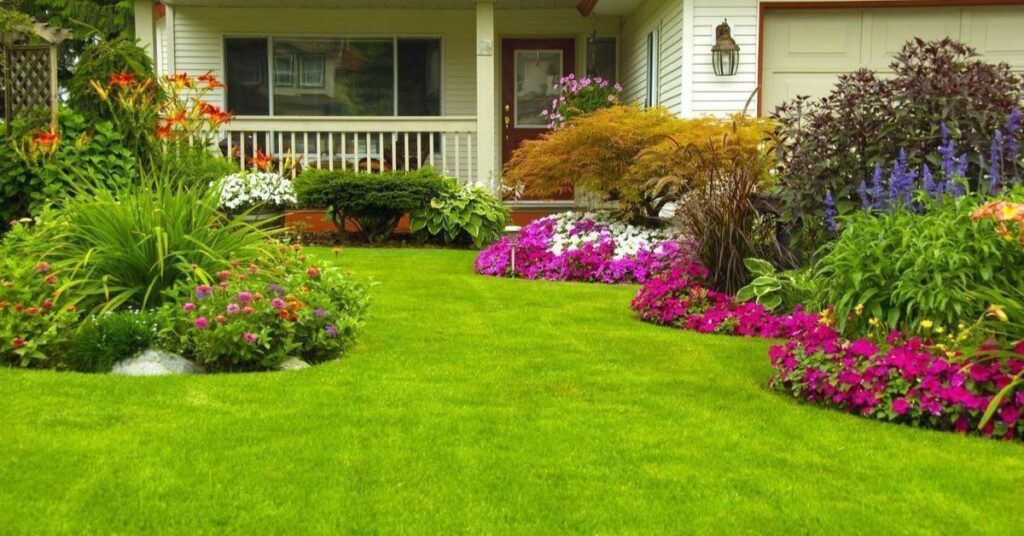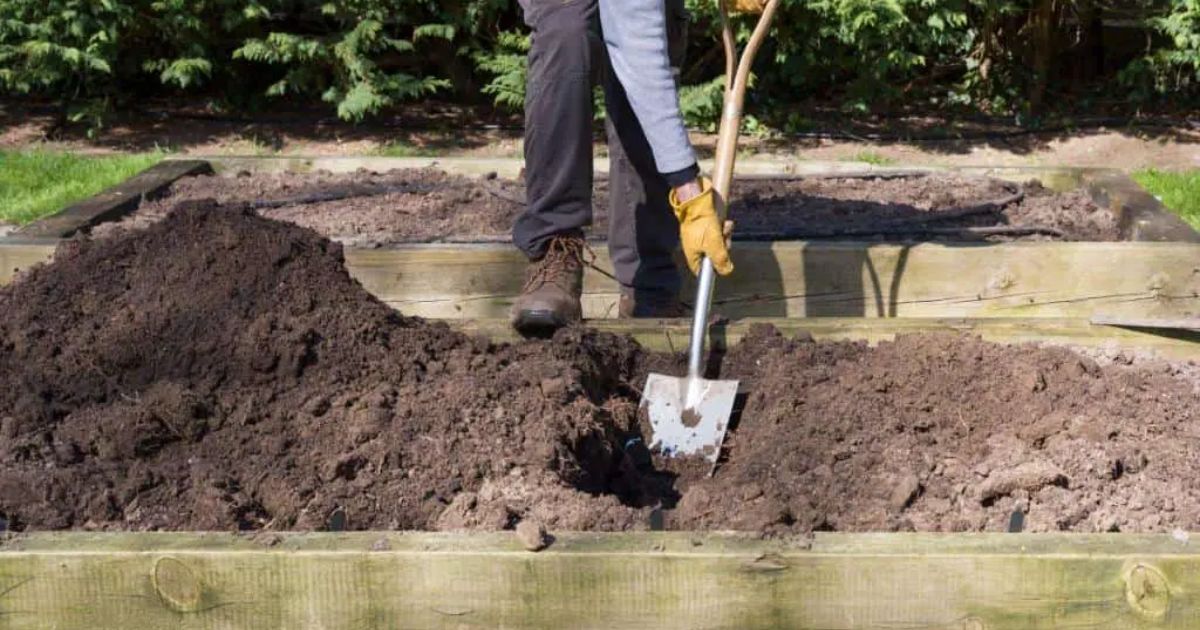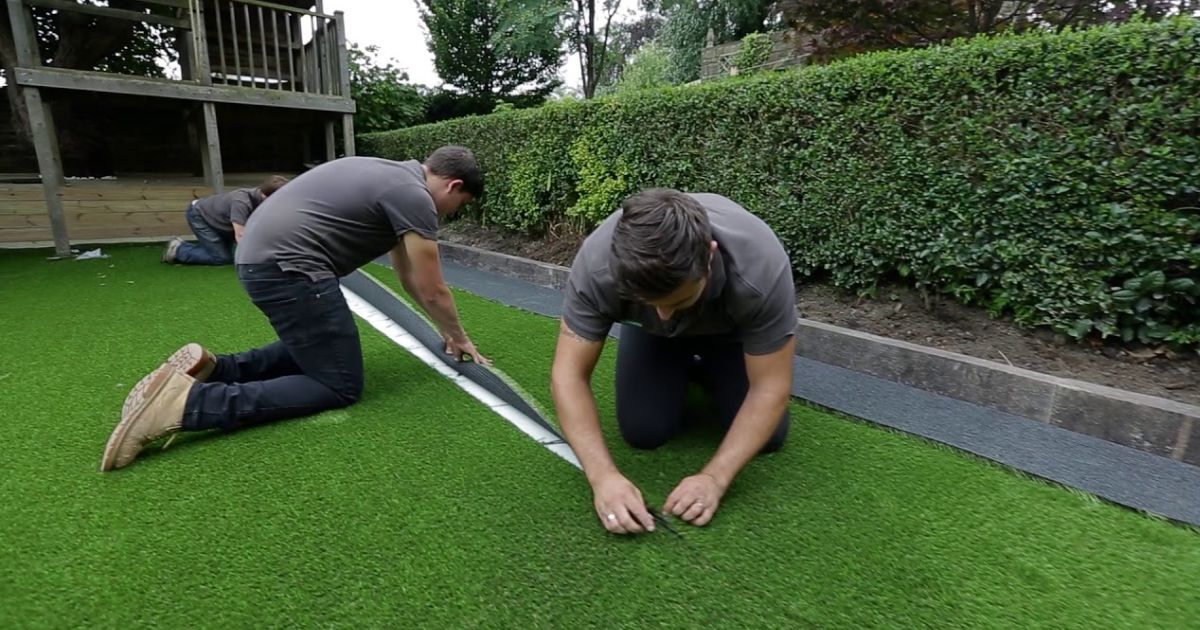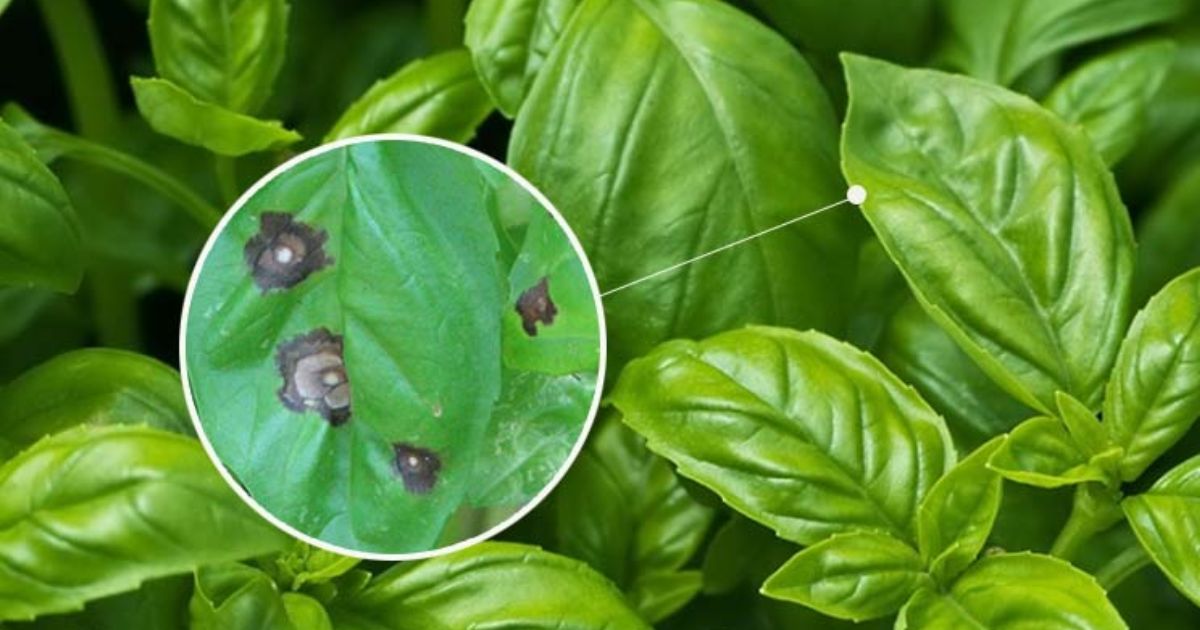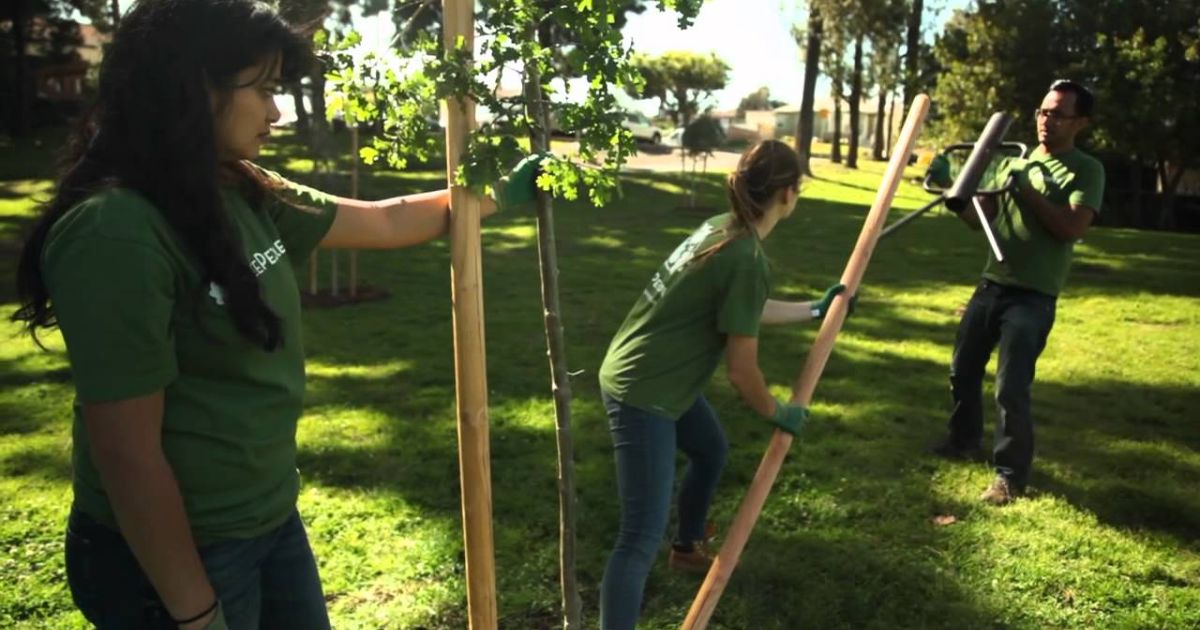Even though not everyone has the luxury of a large backyard, you can still have a lovely and useful garden. You may still design a green haven that suits your taste and price range, even if you have a little patio, balcony, or outside area.Even tiny grasslands can be as beautiful and soothing as larger onessometimes even more so because they require careful planning and creative solutions. The key is to maximize every inch, use innovative design techniques, and incorporate budget-friendly ideas that make your garden look high-end without spending a fortune.
In this guide, we’ll explore various small garden design ideas to help you transform any space, no matter how tiny, into a lush and inviting retreat. From vertical gardens to DIY planters and affordable landscaping tips to low-maintenance plant choices, you’ll find inspiration to make the most of your outdoor space.
Planning Your Small Garden
Before you start planting, taking the time to plan your small garden is essential. A well-thought-out design will ensure you make the most of your limited space while keeping it functional and beautiful. Here’s how to get started:
Assess Your Space
The first step is to evaluate the area you have. Measure the dimensions and observe how much sunlight different parts of your space receive throughout the day. While some plants prefer full sun, others do well in shade, so knowing your light conditions will help you choose the right plants. Also, consider the wind exposure, How to grow a peace lily especially if your garden is on a balcony or rooftop.
Define Your Purpose
What do you want from your garden? Is it a relaxing retreat, a space for growing herbs and vegetables, or a stylish decorative corner? A clear purpose will help you decide on the layout, plant choices, and decorative elements.
Choose a Theme or Style
Even a tiny garden can have a unique personality. Decide on a theme that suits your space and taste. Some popular styles include:
- Minimalist: Simple design with clean lines and neutral colours.
- Cottage Garden: A mix of colourful flowers and charming rustic decor.
- Modern Urban: Sleek planters, geometric designs, and contemporary materials.
- Tropical Paradise: Lush greenery with ferns, palms, and exotic flowers.
Plan Your Layout
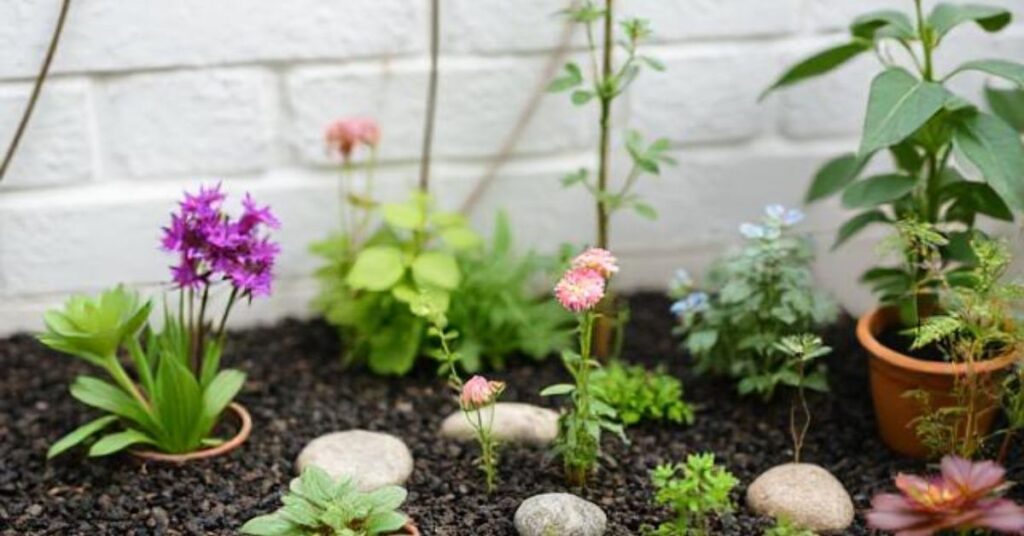
Use space-saving techniques like vertical gardening, tiered planters, and multi-purpose furniture to maximise your space. Sketch a rough design or use online tools to visualize the placement of plants, What is perlite seating, and pathways.A well-planned small garden ensures that every inch serves a purpose, creating a functional and inviting outdoor retreat.
Space-Saving Garden Ideas
When working with a small garden, every inch counts. Whether you have a tiny backyard, a compact patio, or a narrow balcony, innovative design techniques can help you maximize space without compromising on beauty or functionality. Here are some creative space-saving garden ideas to transform even the most minor areas into lush green havens.
Vertical Gardening
One of the best ways to save space is by growing plants upwards instead of outwards. Vertical gardening looks stylish and helps make the most of limited ground space. Some ideas include:
- Wall-mounted planters: Attach pots or pocket planters to walls or fences.
- Trellises and climbing plants: Grow vining plants like ivy, jasmine, or tomatoes on trellises.
- Hanging baskets: Hang baskets with trailing plants or flowers from hooks or the ceiling.
Container Gardening
Using pots and containers lets you move plants around quickly and adjust the layout. Types of Organic Mulch and Their Benefits This method works well for:
- Balconies and patios: Place a mix of small and large pots to create depth.
- Edible gardens: Grow herbs, vegetables, or strawberries in containers.
- Stacked planters: Use tiered planters to create a layered look without taking up much floor space.
Balcony and Rooftop Gardens
Strategic design can create a cosy green space for those with balconies or rooftops. Some tips include:
- Rail-mounted planters: Attach small planters to railings to grow flowers or herbs.
- Foldable furniture: Opt for compact seating that can be folded away when not in use.
- Artificial turf or rugs: Add greenery with synthetic grass or outdoor rugs for a garden-like feel.
Multi-Purpose Furniture and Decor
Incorporate furniture that doubles as storage or plant stands, such as:
- Benches with hidden storage for garden tools.
- Vertical shelving units for displaying plants.
- Wall-mounted foldable tables to save space when not in use.
No matter how little space you have, you can still build a lovely and usefulgardening ideas for garden ideas for square gardens with these space-saving ideas!
9 Budget-Friendly Ways to Transform Your Small Garden
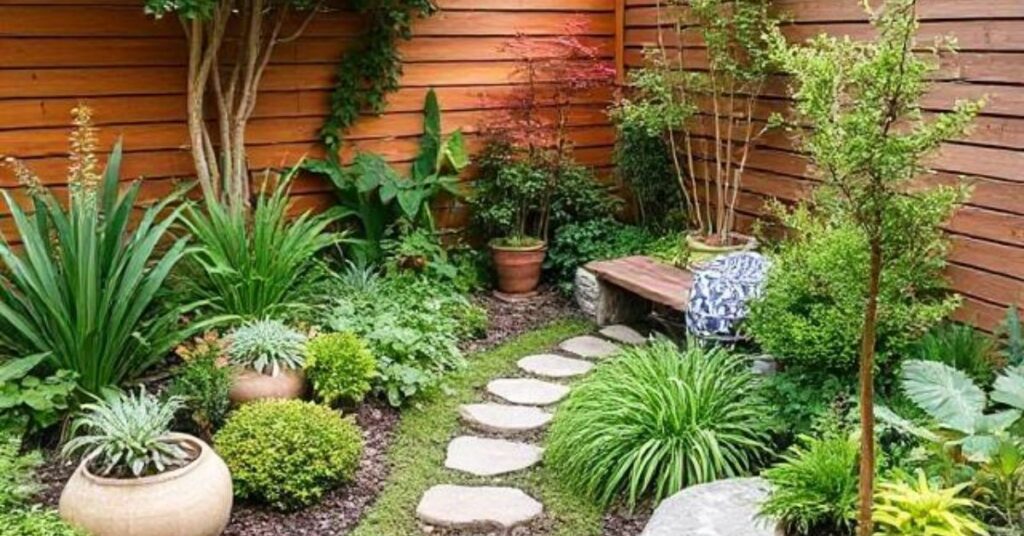
Revamping your garden doesn’t have to break the bank. With careful planning and cost-effective strategies, On a tight budget, you can design a stunning outdoor area. Here are nine doable strategies to make your little garden renovation more affordable.
1. Prioritize Your Tasks
Make a list of all the important things to do first. Determine what can wait and what needs to be done right away, such as fixing a fence or replacing outdated decking. This will assist you in effectively allocating your budget and avoiding needless expenditures.
2. DIY Where Possible
Labour costs can significantly impact your budget. If you have the time and skills, consider tackling tasks like laying turf, creating pathways, or painting fences yourself. garden arrangements ideas Even simple jobs like moving gravel can save a lot if you enlist help from family or friends.
3. Repurpose and Reuse Materials
Try cleaning or repurposing them instead of replacing old paving slabs or decking. A pressure washer can restore paving to its former glory, and old wood can be used for raised beds or garden borders. You can also repaint patio slabs for a fresh look.
4. Opt for Cost-Effective Materials
Expensive materials don’t always mean better results. Best Fast Growing Trees for Small Gravel patios, for example, are an affordable alternative to paving and require minimal effort to install. Using simple paving slabs for pathways instead of high-end tiles can also cut costs without compromising style.
5. Minimize Hard Landscaping
Hard landscaping, such as decking, patios, and fencing, can be costly. Reduce expenses by maximizing green spaces with lawns, plant beds, or ground covers. Not only is this more affordable, but it also enhances drainage and promotes biodiversity.
6. Compare Prices Before Buying
Always shop around for materials and supplies. Check multiple stores for better deals, and factor in delivery fees that could increase overall costs. Look for discounts, bulk deals, or second-hand materials that can work just as well as new ones.
7. Take a Staged Approach
Instead of completing everything at once, tackle your gardens design makeover in stages. This allows you to spread costs over time and make adjustments as needed. Starting with the most critical tasks, like fencing and pathways, ensures essential work gets done first.
8. Maintain Your Lawn Properly
Laying turf or planting grass seed is an affordable way to enhance your garden, but proper maintenance is crucial. Ensure you can regularly water and care for your lawn, especially after installation, to avoid costly replacements.
9. Be Smart About Buying Plants
Plants can be expensive, and buying the wrong ones can waste money. Before purchasing, observe yourtiny garden light levels, soil type, and climate. Consider low-maintenance, perennial plants that thrive in your space and grow over time, reducing the need for frequent replacements.
A stunning ideas for designing a garden doesn’t require a massive budget—just thoughtful planning and resourcefulness. You can create a beautiful outdoor retreat without overspending by prioritizing tasks, repurposing materials, and making cost-conscious choices.
Seasonal Garden Care and Upkeep
tiny gardens landscaping landscaping requires year-round care, but maintaining a small garden doesn’t have to be overwhelming. With the right seasonal approach, you can keep your garden thriving every season while minimizing effort and cost. Here’s how to care for your garden throughout the year.
Spring: Refresh and Prepare
Since spring is a time of rebirth, it’s ideal to get your garden ready for fresh growth.
- Clean up debris: Remove dead leaves, weeds, and winter damage.
- Enrich the soil: Add compost or organic fertilizer to nourish your plants.
- Start planting: Spring is ideal for growing flowers, The Best Containers for Seed Storage vegetables, and herbs. Consider early bloomers like tulips, daffodils, and pansies.
- Check garden tools: Sharpen pruning shears and clean landscape design for small house ideas for square gardens tools for efficiency.
Summer: Maintain and Protect
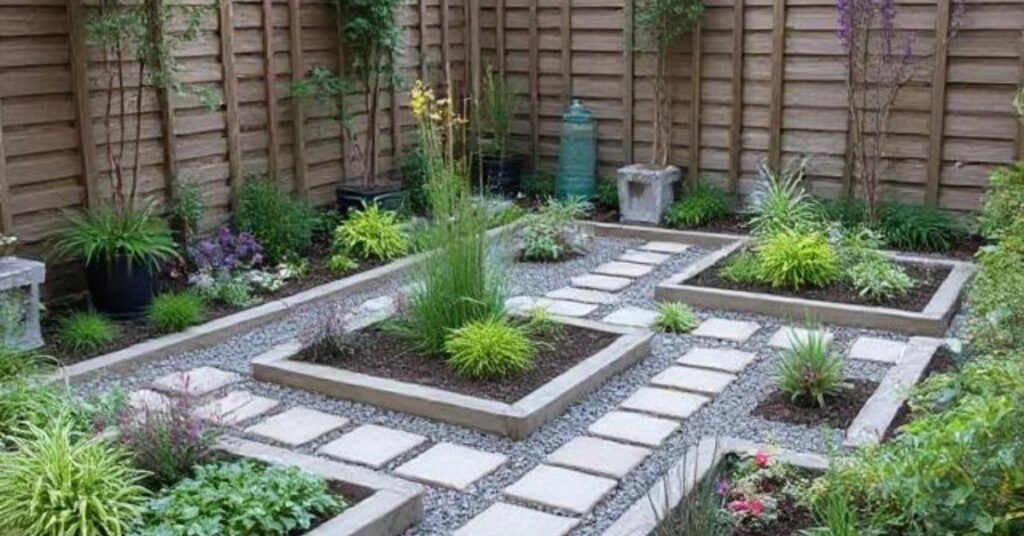
Summer brings heat and intense sunlight, requiring extra care to keep your plants healthy.
- Water wisely: Water should be used early in the morning or evening to prevent evaporation. For efficiency, use a drip irrigation system or self-watering pots.
- Mulch for moisture retention: To help keep the soil moist and keep weeds at bay, use a layer of mulch.
- Prune and deadhead: Trim overgrown plants and remove faded flowers to encourage new growth.
- Protect from pests: Use natural insect repellents like neem oil or introduce beneficial insects like ladybugs.
Autumn: Transition and Strengthen
As temperatures drop, preparing your square garden ideas for winter ensures a smooth transition.
- Harvest remaining crops: Collect late-season vegetables and herbs before the first frost.
- Plant autumn flowers: Add chrysanthemums, marigolds, and ornamental kale for seasonal colour.
- Rake and compost leaves: Use fallen leaves to create nutrient-rich compost for future use.
- Protect delicate plants: Bring potted plants indoors or cover them with garden fleece.
Winter: Preserve and Plan
While winter may seem like a quiet time for small modern garden ideas, there are still tasks to prepare your space for spring.
- Protect your garden: Cover vulnerable plants with burlap or frost cloth.
- Reduce watering: Most plants require less water during dormancy.
- Plan for the next season: Use the time to research new plants, order seeds, and design your garden layout for spring.
- Maintain hardscaping: Check and repair pathways, planters, and garden furniture.
By following these seasonal care tips, you can keep your rectangle garden design vibrant and flourishing all year with minimal effort!
Modern Small Garden Ideas
Looking to make a significant impact with a small garden space? Modern small garden ideas are all about innovative design, creative use of space, and low-maintenance beauty. Whether you’ve got a balcony, patio, or compactbackyard, there are numerous methods to add personality and functionality to your outdoor area.Start with vertical gardening—wall-mounted planters, trellises, or even hanging pots can maximize growing space without taking up much room. Use sleek, How to Get Rid of Ants minimalist furniture that doubles as storage to keep things tidy. Add bold statement pieces like a sculptural planter or a modern water feature for that high-end touch.
Lighting plays a huge role, too. Incorporate soft string lights, solar-powered lanterns, or embedded LED path lights to create a cozy vibe at night. Choose plants that thrive in small spaces—herbs, succulents, dwarf shrubs, or ornamental grasses are perfect picks.Don’t forget the color! Neutral backdrops with pops of green or floral tones can make your space feel bigger and more vibrant. With the right balance of style and simplicity, even the tiniest garden can feel like a personal oasis.
Conclusion
Creating a beautiful designs for square gardens is not about the size of your space but how you use it. You can transform even the tiniest area into a lush and inviting retreat with thoughtful planning, bright space-saving ideas, and budget-friendly techniques. Whether you choose vertical gardening, container planting, or multi-purpose furniture, every detail contributes to a functional and stylish outdoor oasis.Seasonal care and upkeep ensure that your garden remains healthy and vibrant throughout the year, requiring little effort to maintain. By embracing creativity and sustainable gardening practices, you can enjoy a green A haven that embodies your individuality and adds happiness to your everyday existence.
No matter your budget or the space available, rectangle garden ideas there’s always a way to add a touch of nature to your surroundings. So, start small, experiment with different ideas, and most importantly—have fun creating your little garden paradise!
FAQ
1. What are the best plants for small gardens?
The best plants for garden design for square garden are those that thrive in cramped areas. areas Consider vertical growers like climbing roses, ivy, and jasmine or container-friendly plants like succulents, herbs, and dwarf varieties of fruits and vegetables. Low-maintenance options such as lavender, ferns, and hostas also work well.
2. How can I make a small garden look bigger?
Design tricks like vertical gardening, mirrors, and multi-level planters make a small garden look more extensive. Choose light-coloured pots and paving stones to reflect light, and incorporate curved pathways to create an illusion of depth. Keeping the garden organized and uncluttered also helps maximize visual space.
3. What are some low-maintenance garden ideas?
If you prefer a low-maintenance garden, choose drought-resistant plants like succulents, ornamental grasses, and perennials. To cut down on weeds and preserve moisture, use mulch. Installing an automatic watering system or self-watering pots can also help minimize upkeep.
4. How do I create a budget-friendly garden?
To save money, start with seeds instead of mature plants, repurpose household items as planters, and use free or inexpensive materials like pallets and recycled bricks. topiary balls for planters decor, composting, and trading plants with friends or neighbours are great ways to keep costs low.
5. What are some creative DIY garden decor ideas?
Get creative with DIY decor by repurposing old furniture into planters, painting rocks as garden markers, or making a small pond with a repurposed container. Hanging fairy lights, using vintage teacups for succulents, or crafting wind chimes from old silverware can add charm to your garden without spending much.

